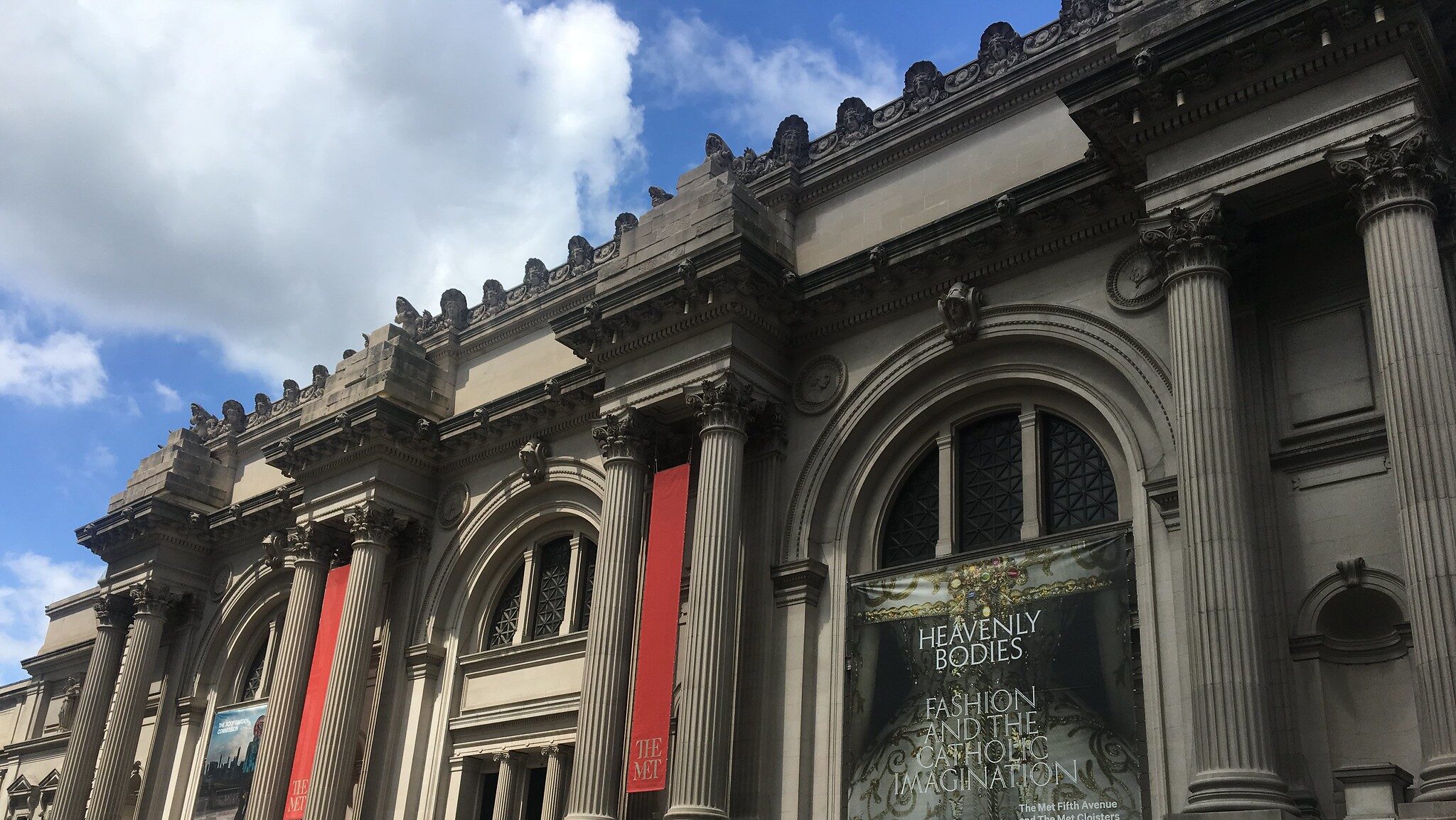Met Museum Returns Looted Sumerian and Babylonian Artifacts to Iraq
Three ancient artifacts from the collection of the Metropolitan Museum of Art were officially returned to Iraq on Monday following a criminal investigation into looted antiquities. The items—a Sumerian alabaster vessel and two Babylonian ceramic sculptures—were handed over in a repatriation ceremony at the Manhattan District Attorney’s office, attended by Iraqi officials and Met representatives.
The artworks date from roughly 2600 to 1600 B.C.E. and had long been part of the museum’s holdings. New evidence uncovered during a probe into the activities of British antiquities dealer Robin Symes confirmed that the pieces were trafficked and rightfully belong to Iraq.
Give the gift of hope
We practice what we preach:
accurate, fearless journalism. But we can't do it alone.
- On the ground in Gaza, Syria, Israel, Egypt, Pakistan, and more
- Our program trained more than 100 journalists
- Calling out fake news and reporting real facts
- On the ground in Gaza, Syria, Israel, Egypt, Pakistan, and more
- Our program trained more than 100 journalists
- Calling out fake news and reporting real facts
Join us.
Support The Media Line. Save democracy.


Manhattan District Attorney Alvin Bragg described the return of the objects as “a testament to the hard work of attorneys, analysts, and investigators who are committed to undoing the significant damage traffickers have caused to our worldwide cultural heritage.”
The returned objects include the “Vessel Supported by Two Rams,” which appeared on the Baghdad art market in the 1950s, and ceramic heads of a male and female believed to originate from the archaeological site of Isin.
Iraq’s ambassador to the United States, Nazar Al Khirullah, praised the cooperation. “We deeply value our enduring partnership with key American institutions … whose leadership has been instrumental in the recovery of Iraq’s looted heritage,” he said in a statement.
The restitution follows The Met’s broader Cultural Property Initiative, launched in 2023, which promotes provenance research and transparency in museum collections.

